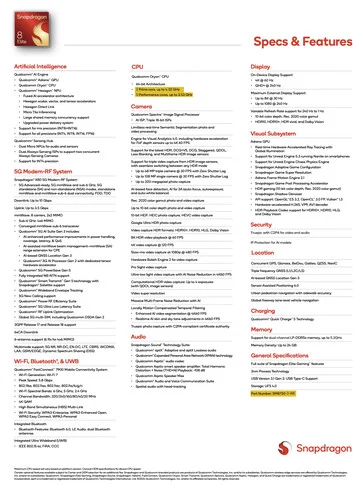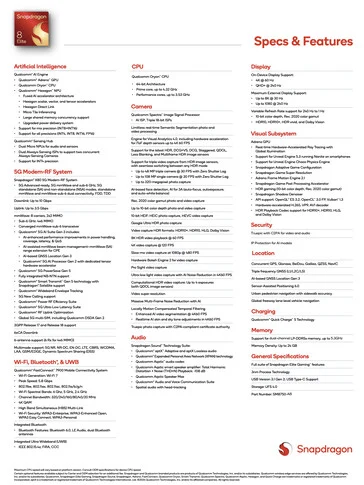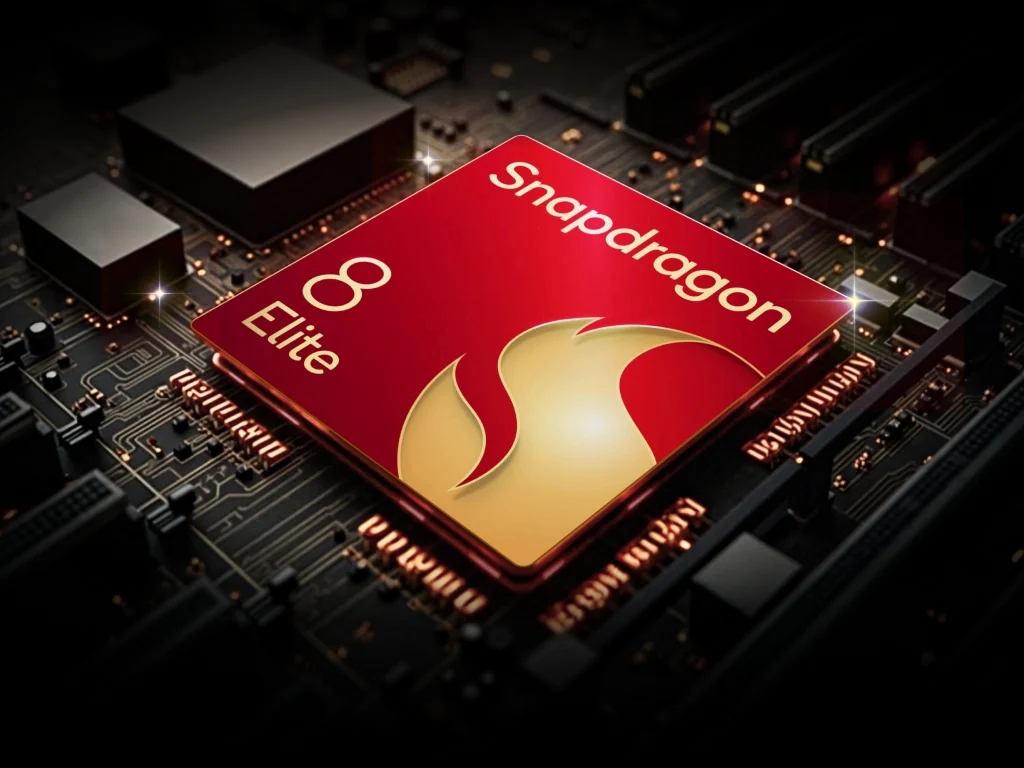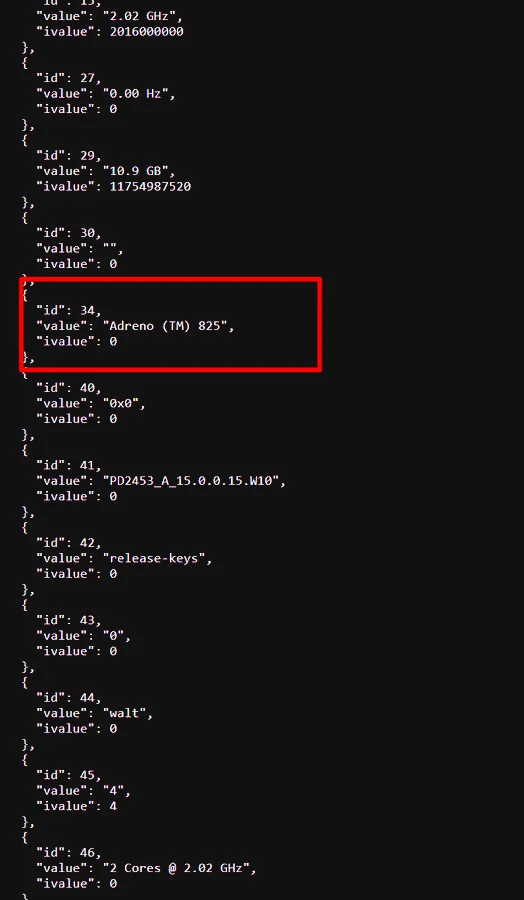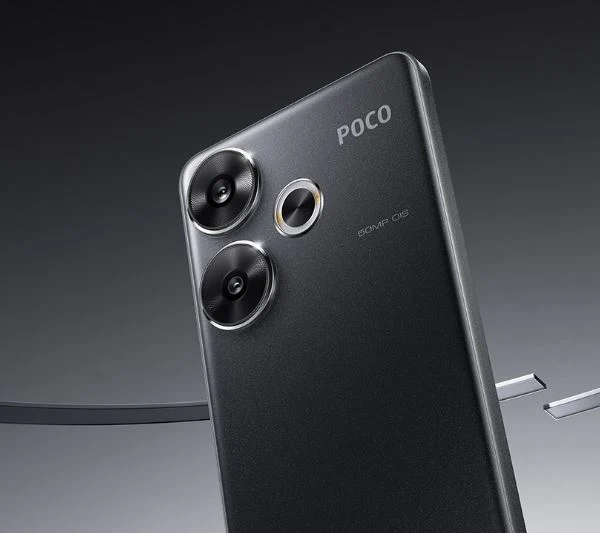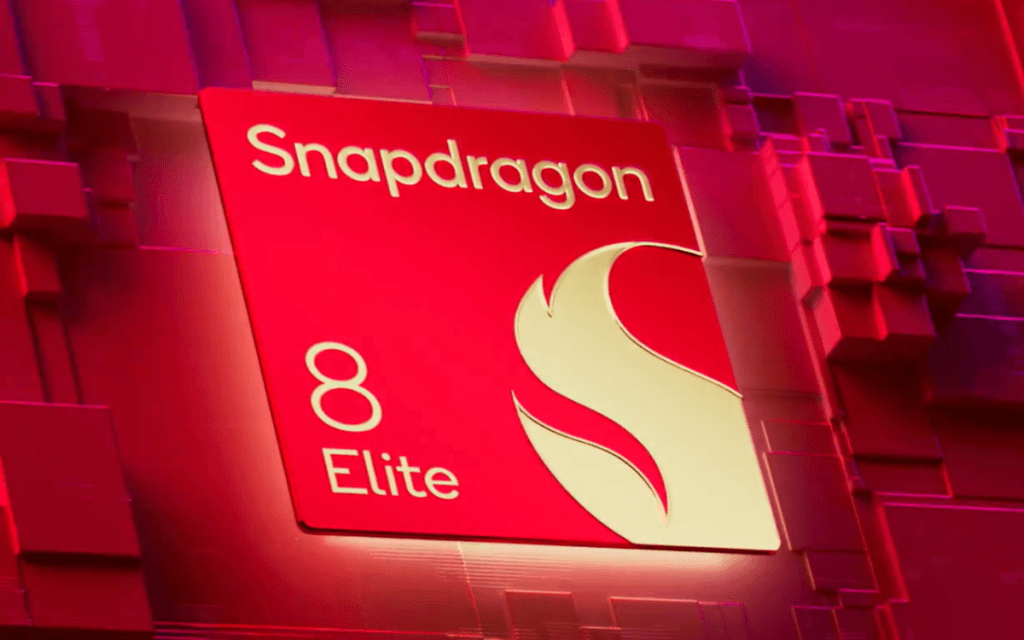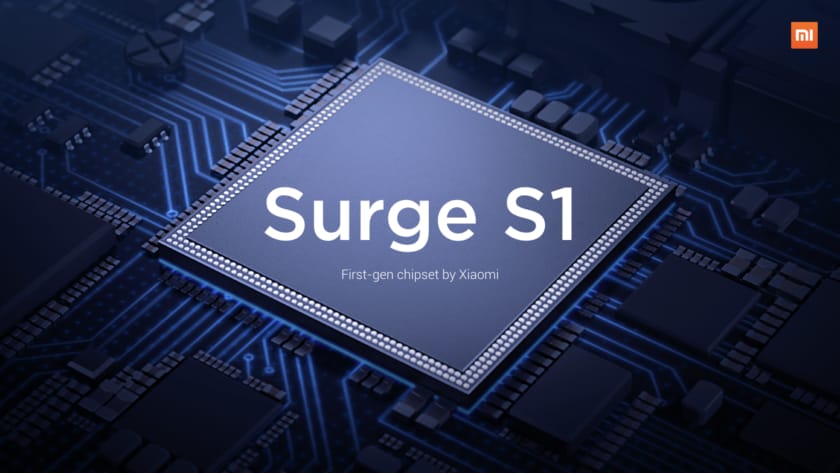Qualcomm made a big splash when it introduced the Snapdragon 8 Elite at the end of October. But soon after, the excitement was dampened by ARM’s choice to terminate Qualcomm’s design license, leading to a legal fight that has now been mostly resolved.
New Version Emerges
Recently, Qualcomm has been seen quietly launching a new, less powerful version of the Snapdragon 8 Elite. Initially, this chipset was available with two Oryon Gen 2 Prime CPU cores and six Oryon Gen 2 Performance CPU cores, clocking in at 4.3 GHz and 3.5 GHz, respectively. To clarify, Qualcomm refers to this original version as ‘SM8750-AB’, which is used in premium devices worldwide, such as the Magic7 Pro, OnePlus 13, and RedMagic 10 Pro (currently $749 on Amazon).
Changes to the Chipset
Now, Qualcomm has updated its product page for the Snapdragon 8 Elite to show the new ‘SM8750-3-AB’, which removes one Performance CPU core but keeps all other specs of the SM8750-AB intact. To make matters a bit confusing, Qualcomm claims that the SM8750-3-AB offers the same CPU performance improvements over the Snapdragon 8 Gen 3 as the original SM8750-AB, even with one less CPU core. Unfortunately, Qualcomm hasn’t provided any additional information beyond the brief product description and the image we included below.
Source:
Link

